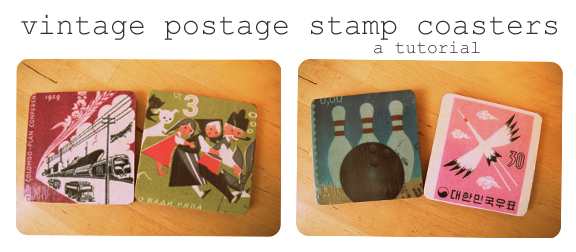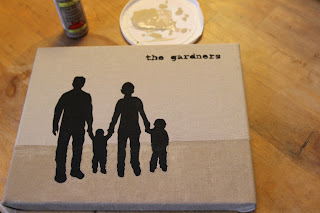Make a Knight's Tunic for a Child
Make a knight's tunic costume for your child. This tutorial depends on the materials you have and the size and age of your child. I give you a lot of guidelines so you can see what to do, but not exact measurements. You can use this as an inspiration, a guide.
Make it out of what you have. Make it for who you love. Make it the way you want.
What you will need:
a sweater that fits your child to use as a template
a solid color recycled wool sweater, felted in the washer (more instructions below)
leather, canvas, pieces of sweater (from the sleeves) or other strong fabric for shoulder straps
fabric for an applique embellishment on the front
fusible webbing (for the applique)
fabric pencil or marker
matching or contrasting thread
sewing machine
Instructions:
1. Go to your local thrift store or your closet and find a used wool sweater in an adult size. For this project, cotton and acrylic will NOT work. Wool can be felted in the washing machine to a thick, dense material, suitable for a knight. I recommend a gray sweater, but use what you like.
2. Put your wool sweater in the washing machine on HOT with a bit of laundry soap.
3. Put your sweater in the dryer on HOT.
4. Take it out and see how it "felted" down. It should be fairly stiff and thick. If not, send it through this process again (double checking to make sure it is wool and not another material).
5. After it has been washed to a thick felt, you will want to cut off the sleeves. If your sweater has a normal neckline, you could leave it as it is. If it is a turtleneck, or if you would like to make shoulder straps like I make, cut out the neck also (look at pictures for a more detailed example). Lay down a sweater that fits your child and follow the sleeve lines and neck lines.

6. Cut two pieces of fabric for the shoulder straps. I cut mine out of recycled leather from a skirt I bought at the thrift store. You could use the sleeves of your sweater if you'd like, or any other sturdy fabric you have laying around. I cut mine 2 inches wide and about 10 inches long. Since I cut mine out of leather, I didn't have to hem them; they won't unravel. Felted wool also won't unravel. If you choose to use canvas or another material, you will need to make your straps about five inches wide, sew the long sides right-sides together, turn them right sides out and press them. However, I recommend using a fabric that you won't need to hem, such as leather or felted wool.
7. Pin the two shoulder straps onto the front and back of the tunic, leaving plenty of room upon which to sew them. Make sure the left and right strap are sewn on evenly so that they hang the same on each shoulder.
8. Sew a square around the edges of the shoulder strap, with an X in the middle.
9. Cut a design out of paper for the embellishment on the front of your knight's tunic. A cross, a dragon or a fleur de le are some good ideas. My cross is not exactly symmetrical, since I drew it by hand, but I like it. Feel free to do a google image search to find exactly what you want. Print the image you find and trace it onto your paper.
10. Cut out your image and use it as a template. Use a fabric pencil or marker to trace your stencil onto your other fabric. I used a bright red leather jacket I found at the thrift store.
11. Use a fusible webbing or steam-a-seam or other fusible applique backing. Follow the manufacturer's instructions to apply this backing to your applique design. (Ok, I am going to admit something for you here. I tried steam-a-seam, my trusty side-kick--picture above. Then I tried a fusible webbing. Neither worked since I was trying to adhere leather to felted wool. So, in the end, I resulted to using double-sided sticky tape. I'm quite sure this is a major, major no-no. But I did it anyway, out of desperation. And...it worked. I don't plan on washing this outfit, but rather relying on simple spot cleaning, so I think I'm ok. Thanks for listening to my confession.)
12. Set your sewing machine to a satin stitch (get out your instruction booklet if you've never done this before). Stitch carefully around your design using a satin stitch.
Let your knight begin training.



















































